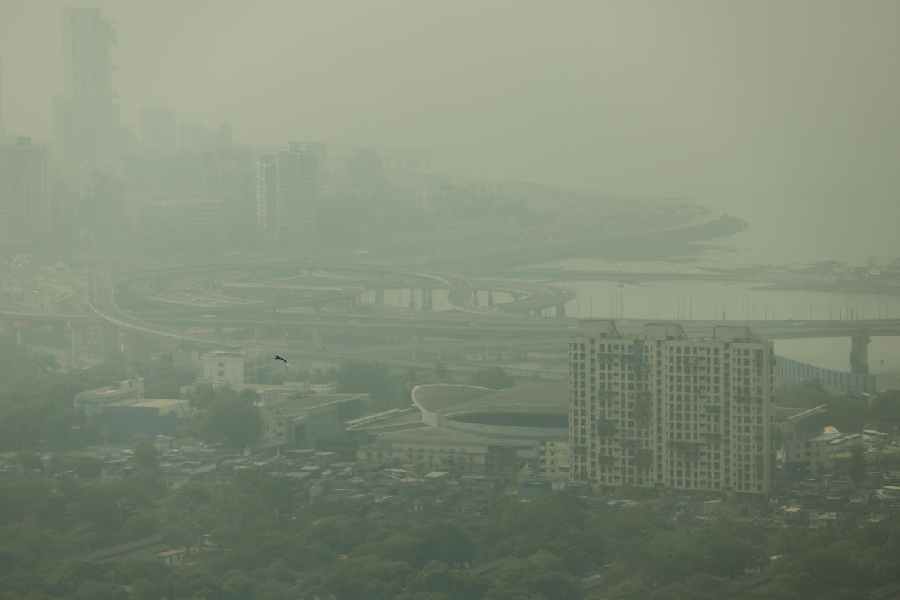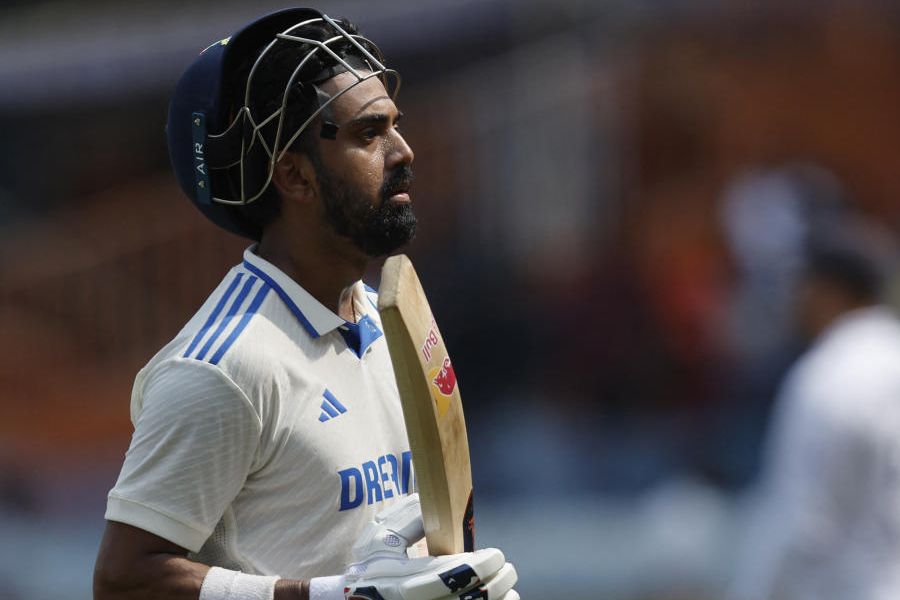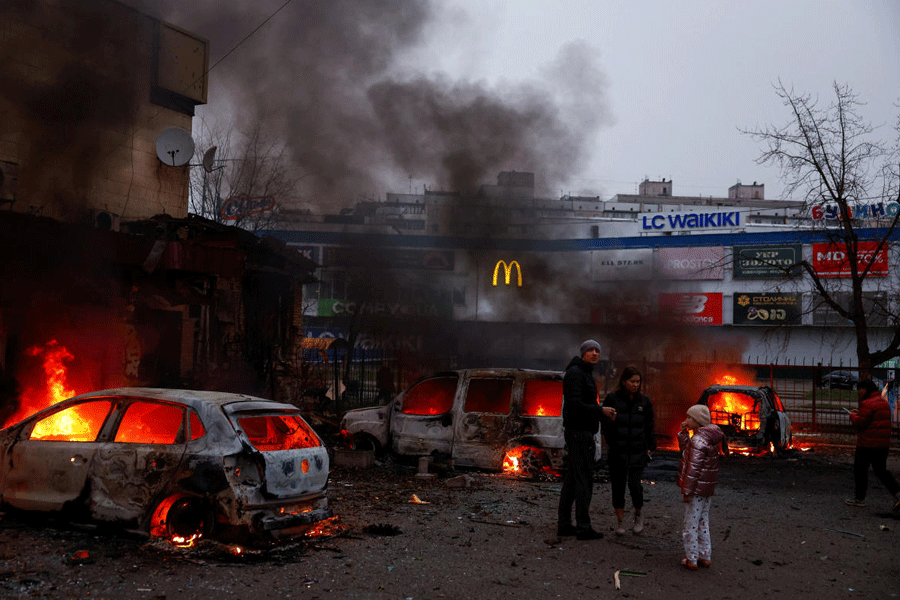Invigilation, in the new normal, has become more technology-driven with webcams and software playing a pivotal role as schools conduct examinations online.
Students have to show a 360-degree view of the room to ensure that no one or no electronic device is around before they start the exam and both their hands should be visible when they are writing to ensure that they are not using another device.
In some schools, a student can move to the next question only after answering the previous one. In one school if children try to open any other tab when they are writing the exam, the paper will get disqualified.
Eight or more weeks into online classes, several schools have started conducting exams as homes have turned into classrooms and schools are devising ways to “tech invigilate” when students are far away from the teacher’s “hawk eye”.
“We have devised ways to proctor the examination using technology at a time when teachers cannot be physically present in front of them,” said Anuradha Das, the director of Garden High International School.
Students at Garden High International School and The Heritage School provide the teachers a 360- degree view of the room.
At Garden High, when students have to write lengthy answers in a particular test, only one question is projected on the teacher’s screen which she shares with the class.
After the time allotted for one question is over, the students are to WhatsApp the answer to the teacher and move to the next question.
“It also teaches them time management,” said Das.
Different schools have devised different ways of setting the question paper.
For senior students at The Heritage School, as soon as the question paper is sent the monitor is frozen.
At South City International School, children can move to the next question only after they have answered the previous one, which is controlled by the software.
At Newtown School, the webcam randomly captures images of the room where the child is sitting and if the student tries to open any other tab, he or she cannot submit the paper.
Indus Valley World School and Shri Shikshayatan School are also using technology to conduct tests.
Most schools set question paper in a manner where time is crucial.
“Teachers set the paper in a way where children have to answer questions within an allotted time and if they start looking for answers they will not have time to complete the paper. We have eight children per teacher but there is the option when class coordinators can walk into an e-class,” said Seema Sapru, the principal of The Heritage School.
Satabdi Bhattacharjee, the principal of The Newtown School, said they had to conduct mock tests to get teachers accustomed to the new system.
“It is a machine-based intervention but in the process there are technical problems that we have to eliminate,” she said.
Some schools believe that a time-based paper teaches children a useful skill to appear for competitive exams later on.
“We are using a simple format now for them to get used to. But what we need to teach them is honesty,” said Amita Prasad, director of Indus Valley.
Modern High School for Girls will have a meeting to discuss and decide how they should assess students.
“We feel rather than policing we should develop a sense of right and wrong in the students,” said director Devi Kar.











